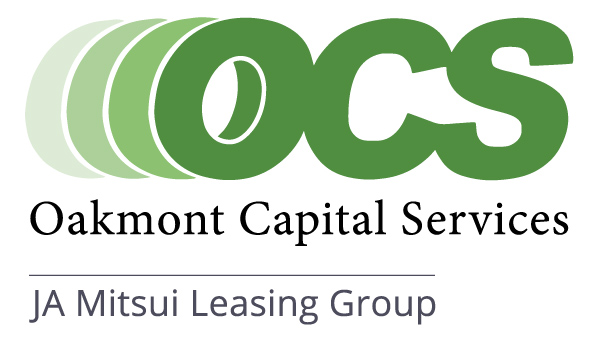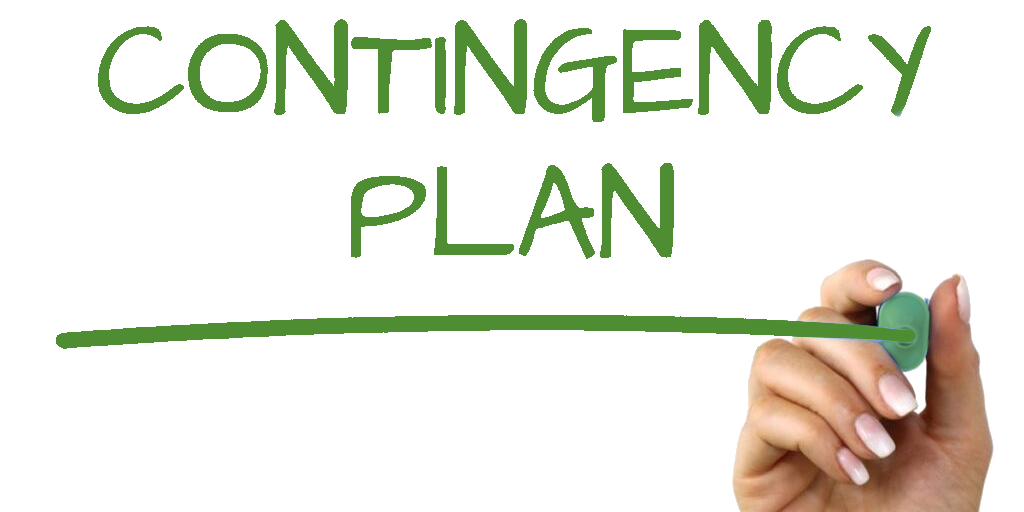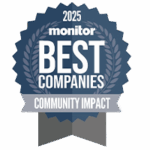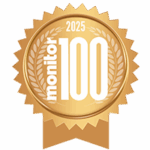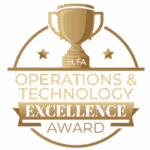From an economic standpoint, small businesses have been massively affected by the COVID-19 pandemic, facing disruptions in workflow, cash flow, and keeping up with evolving safety guidelines. According to CBIZ Inc, over 43 percent of small to mid-sized businesses surveyed in the U.S. reported significant to severe impact because of global shutdowns and social-distancing efforts. The report also indicated that 85 percent of respondents took advantage of the Paycheck Protection Program (PPP) offered through the Small Business Administration (SBA) to stay afloat. With these statistics in mind, it’s critical to ask, as a business leader, what can you do to protect your company from unintended economic hurdles caused by unforeseen circumstances? One way to prepare is to develop a business contingency plan, also known as a disaster or disruption plan.
Contingency Plan Prep
According to the Houston Chronicle, a contingency plan is one of the best ways to mitigate an unforeseen event. Whether it’s a global pandemic, a natural disaster, or a massive hacking attack, a contingency plan can help your company formulate a procedure to prepare for the worst. If things go wrong, a contingency plan is there to get things back on track. Hopefully, it will never be used, but it’s still crucial that every company has an updated plan in place.
The fundamental elements needed for each plan include covering the financial and material aspects of the business. The nuances within a contingency plan will vary from business to business. Still, every plan should incorporate a detailed sequence of steps and processes that will be implemented during a worst-case scenario.
What If…?
Contingency plans are mainly based on “what if” scenarios:
- What if another pandemic arises?
- What if our network gets hacked?
- What if a big client doesn’t pay?
Think of all the ways your business can be negatively impacted and create a plan to turn the business around. Crafting a contingency plan takes time and thought and should be developed by stakeholders, including owners and key business decision-makers.
Creating Your Contingency Plan(s)
Remember that a business contingency plan should encompass various scenarios, so leaders must devise a plan for multiple events. Create a preparation guide with actionable steps to take following each event identified as a potential threat. Click here for a roadmap planning resource from the SBA.
Prioritizing is also a critical component to laying out the plan. It is essential to itemize a cost-benefits list to determine if certain assets can be sold and where to cut back, including expenses and personnel, while still forging ahead. Be sure to include a timeline in your plan and set milestones and a deadline for getting the company back on track.
Although a benefit of being a small business is adapting to changes more nimbly, one challenge is that most private businesses own fewer assets. A small business contingency plan should focus on protecting any owned assets, including purchased equipment (like skid steers, chippers, step vans, and more) so your business can continue to operate during a downturn.
Besides having a business contingency plan in place, what can an owner do to prepare for a worst-case scenario? Recommendations include having a line-of-credit or being pre-approved for a working capital loan and having savings to fall back on. Another piece of advice is to protect your business assets with insurance, including specific policies that cover occurrences like natural disasters or other uncontrollable situations.
Laying the groundwork ahead of time, and organizing an action plan, will create a clear path in the event of an unexpected economic event.
Beyond Business as Usual
If a business does need to rely on a contingency plan, remember to follow the steps outlined for change and not revert to “business as usual.” Through processes and routine, employees (and management) get set in their ways, and it’s often difficult to switch gears when disaster strikes. Coupled with all the changes that will occur, it’s imperative to stay true to who you are – remember your core values and mission so your business can continue providing an excellent customer experience.
Another critical component to rolling out a contingency plan is enforcing the steps laid out on paper. The business owner should decide if and when to implement the plan with leaders poised to carry out their roles while ushering employees through the process. Your company may consider having a point person or coordinator manage the rollout and communicate updates and changes to employees in real-time to engender positive morale. As we’ve learned over the past year, the best-laid plans often go awry (i.e., COVID-19), so your contingency plan may also need some tweaking as it’s unveiled – and that’s okay. Remaining fluid and adaptable will benefit the business in the long run.
Preparing for the worst while hoping for the best, with a well-developed contingency plan, will put you one step ahead in business.
